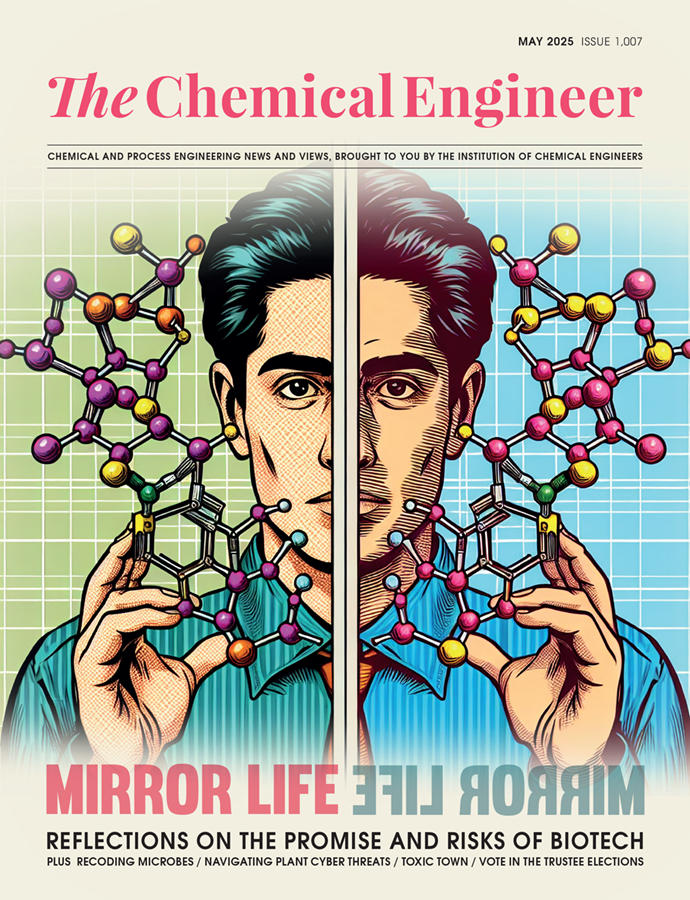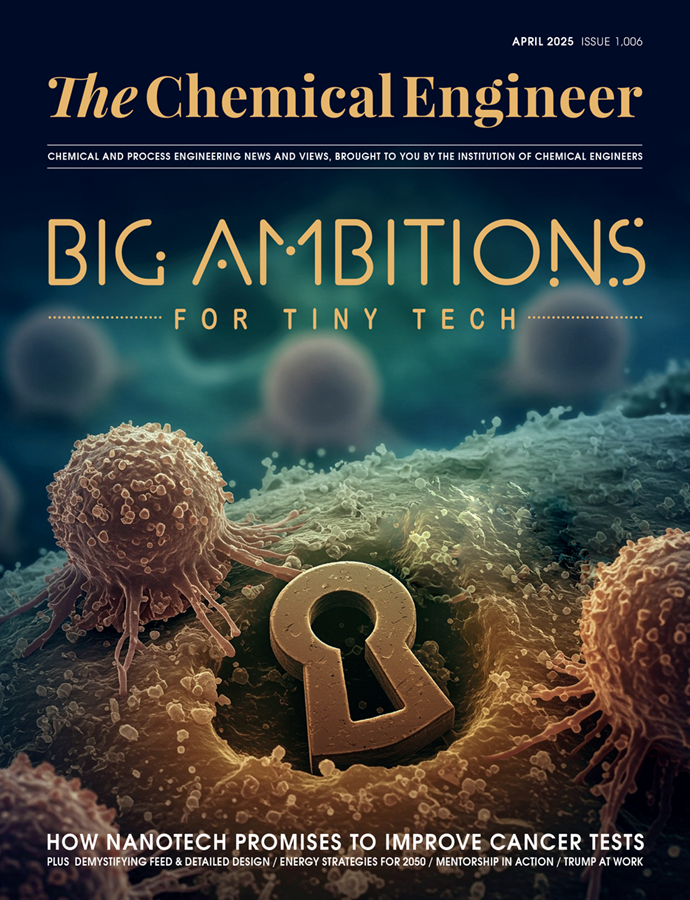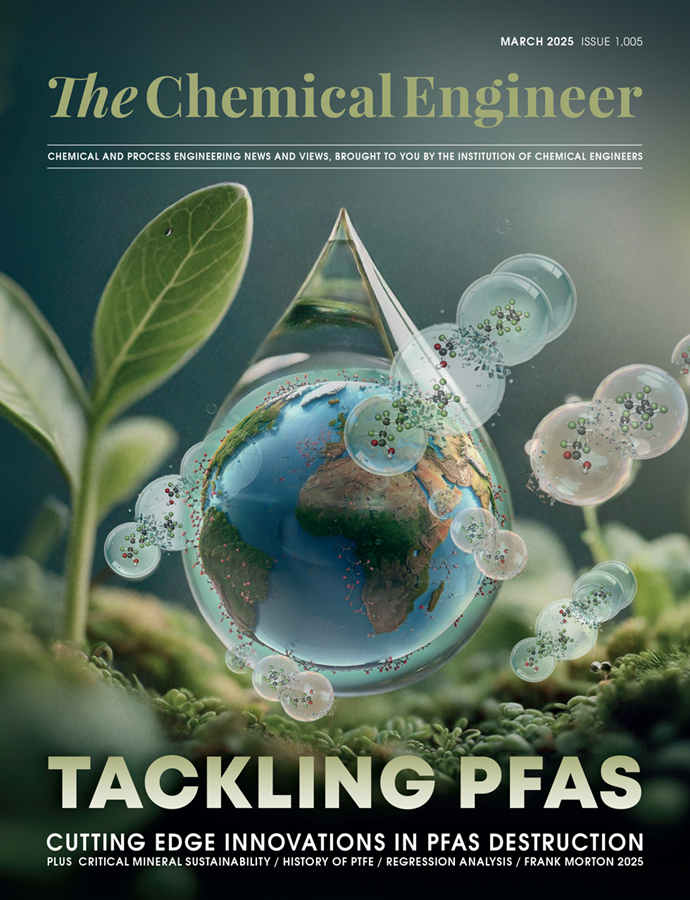987 results found
The limited lifespans of wind turbines and solar panels mean many of the vital materials involved in their manufacture are often lost to landfill. Amanda Jasi talked to the innovative companies striving to ensure renewables are renewable
Type: Feature
Making Wind Power More Sustainable
Designed to withstand decades of strong winds and harsh weather conditions, wind turbine blades are built to last – a problem when it comes to recycling. Kerry Hebden spoke to two innovative companies with contrasting solutions
Type: Feature
Tackling the Project Management Crisis
Loss of manufacturing has led to a lack of practical hands-on experience for young engineers. John Challenger wonders if it is time to introduce a process industry-specific qualification
Type: Feature
Henry Kister, senior Fellow and director of fractionation technology at Fluor USA, presents 13 rules invaluable for distillation troubleshooting
Type: Feature
Why we Need to Engage with Primary School Children – and How to do it Effectively
Joy Parvin has 32 years of working in primary schools’ outreach under her belt. She reflects on why it is so important for chemical engineers to engage with the youngest in our society, and shares tips from three Children Challenging Industry ambassadors who are out there doing it
Type: Feature
Getting More Women and Girls into Engineering
As International Women in Engineering Day approaches and with women still significantly underrepresented in engineering, Tegan Norster spoke to engineers about what we can all do to make a positive difference
Type: Feature
Flixborough 50 Years On: Application of Inherent Safety Principles to Plant Design
Steven Murphy and Graham Ackroyd look at how applying Trevor Kletz’s concept of inherent safety avoids rather than controls hazards
Type: Feature
Martin Pitt looks back on the history of drinking water and chemical engineers’ contribution to it
Type: Feature
Glass In all its Glory: Part 2
Martin Pitt looks at the Industrial Age, which saw the mechanisation of glass manufacture, but also featured major chemical engineering developments
Type: Feature
The Engineering Mindset Part 5: Complex or Complicated? Practical principles or prescriptive targets
Chris and Penny Hamlin explain how an approach focused on direction and principles, rather than numerical targets and specific policies, fosters new opportunities and solutions, providing a framework everyone can use to guide their actions
Type: Feature
Viewpoint: Take the Guesswork out of Chemical Engineering
Tim Duignan looks at how AI accelerated simulation will transform chemical engineering, freeing chemical engineers up to tackle more complex challenges
Type: Feature
Chris and Penny Hamlin explain how real-time data and dynamic insights can drive sustainable change
Type: Feature
James Finn describes the development of an award-winning setup for sterile filtration of APIs
Type: Feature
Quantified Risk and Uncertainty Analysis
Bayesian belief networks provide a powerful means for analysing uncertainty in terms of accident risk, and aid key decision making
Type: Feature
Education students differently, with a more scenario- and problem-based engineering curriculum
Type: Feature
With the rapid growth in chemical engineering student intake, we need to think carefully, and quickly, about what we teach them
Type: Feature
IN 1976, George Box opined: “All models are wrong, some are useful.” How do we assure that a model is not sufficiently wrong that it is useful? A useful model is one that adequately predicts the results under the conditions and scale required for design or a process simulation. Most models of course are not derived at design scale. We are inevitably working outside the envelope of model derivation. So how do we build confidence that the extrapolation is adequately correct that the results may be trusted?
Type: Feature
Ban the Steam Engine and Build Ten Hinkleys
As products improve and prices fall, the take-up of petrol-electric hybrids and 'pure' electric vehicles (EVs) might come much sooner. Today’s ‘conventionals’ will become obsolete long before they’re banned.
Type: Feature
HAZARD and operability (HAZOP) is a well understood, respected and employed technique in the process (and other) industries. It offers systematic rigour in challenging the design and operating intent of a new, modified, or established facility and provides a foundation for further analysis and risk assessment.
Type: Feature
























